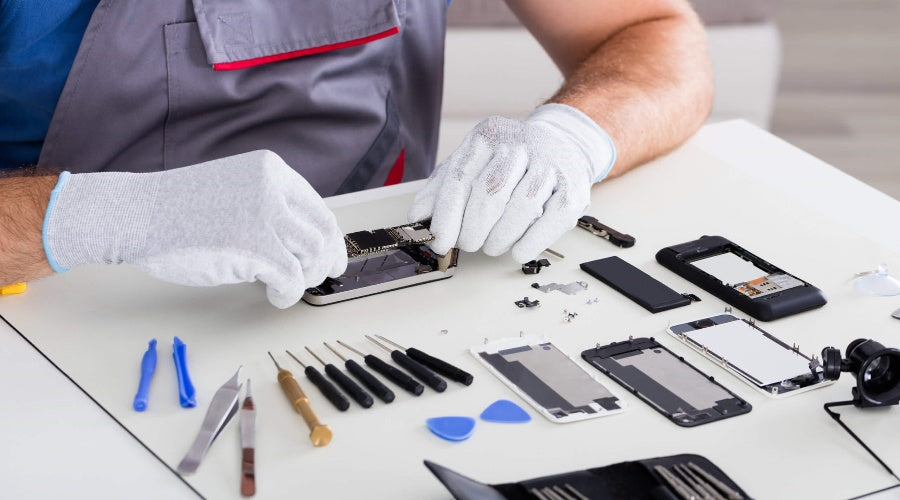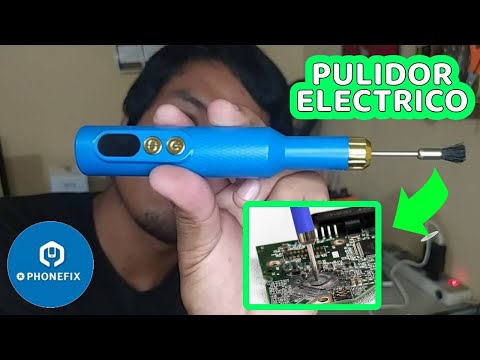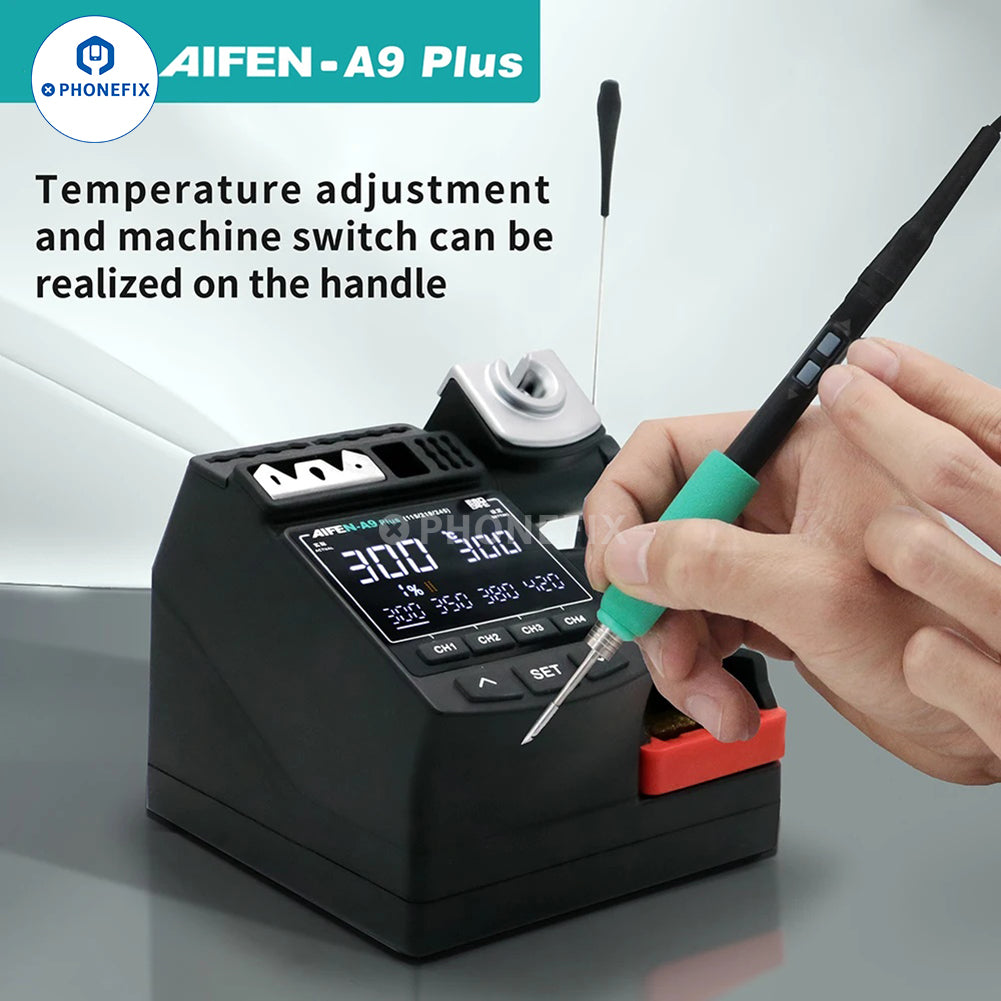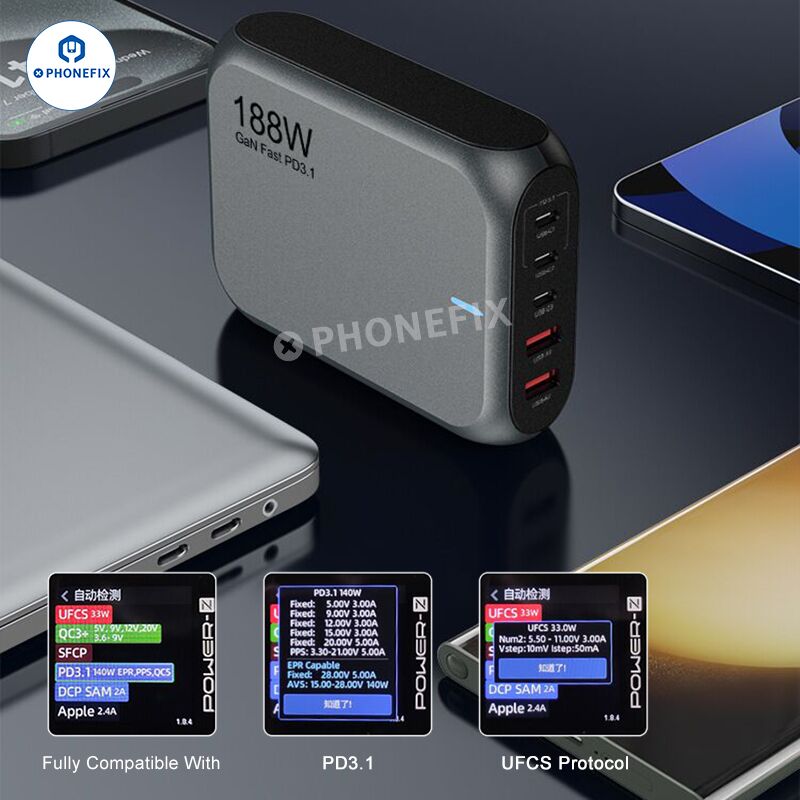Smartphones have spread all over the world. However, among all the parts of phone, the one we contacting with the most is the screen. Sometimes the quality of the screen is the main factor that determines whether we buy it or not, so many of our mobile phone friends will take the screen size as the first choice. However, only caring about the size or resolution of the mobile phone screen, but not the quality of the screen material, is a big misunderstanding when buying. Today, Phonefix will introduce to you that the quality of the mobile phone screen depends on many factors. For example, the screen material, bonding technology, etc.
The material types of related mobile phone screens include AMOLED, TFT, LCD, IPS, SLCD, OLED, etc. However, which material of mobile phone is better? Let phonefixtell you how to distinguish mobile phone screen materials: AMOLED, TFT, LCD, IPS, SLCD, OLED.
AMOLED screen:
AMOLED (Active-Matrix Organic Light-Emitting Diode) screens are known for their vibrant colors, deep blacks, and high contrast levels. Each pixel in an AMOLED display emits its own light, allowing for more precise control over color and brightness. This technology offers faster refresh rates, better viewing angles, and lower power consumption compared to traditional LCD screens. However, AMOLED screens can be prone to screen burn-in if used at maximum brightness for extended periods.
In the field of AMOLED displays, Samsung and LG can be said to dominate the world, with a market share of more than 90%, so the best AMOLED screen phones are of course Samsung's latest flagship phones, such as Samsung Note9, S9, Xiaomi 8, OPPO Find X, Vivo Nex, Meizu 16, Apple iPhone X, etc.
TFT Display:
TFT (Thin Film Transistor) displays are a type of LCD that use thin-film-transistor technology to enhance image quality. They feature high resolution, good environmental protection, and a wide application range. TFT displays are known for their sharp visibility, fast response times, and minimal energy consumption. They are commonly used in various devices, including smartphones, monitors, and automotive displays, due to their ability to deliver clear and bright images. The TFT liquid crystal display is characterized by good brightness, high contrast, strong layering, and bright colors, but it also has the disadvantages of relative power consumption and high cost. For example, the famous JDI screen is a TFT-LCD display, which uses LTPS low-temperature polysilicon technology screen. Compared with traditional LCD screens, JDI screens are thinner and more transparent. Many representative models are using JDI screens, such as Huawei mate10 and Nubia Red Devils gaming phone.
The TFT liquid crystal display is characterized by good brightness, high contrast, strong layering, and bright colors, but it also has the disadvantages of relative power consumption and high cost. For example, the famous JDI screen is a TFT-LCD display, which uses LTPS low-temperature polysilicon technology screen. Compared with traditional LCD screens, JDI screens are thinner and more transparent. Many representative models are using JDI screens, such as Huawei mate10 and Nubia Red Devils gaming phone.
LCD Display:
LCD (Liquid Crystal Display) technology offers several advantages over older display types like CRT. LCDs are thinner, lighter, and more energy-efficient. They provide better image quality, wider viewing angles, and produce less heat. Key features include native resolution, brightness, contrast ratio, and response rate. LCDs use a backlight to produce images and are available in various types such as TN, VA, and IPS, each with unique attributes.
LCDs are used in a wide range of applications including televisions, computer monitors, laptops, tablets, smartphones, digital cameras, portable gaming devices, car displays, industrial equipment, medical devices, and various consumer electronics.
IPS Display:
IPS (In-Plane Switching) displays are a type of LCD technology known for their superior color accuracy, consistent and vibrant colors, and wide viewing angles. They virtually eliminate color and contrast shifts seen in other display types, making them ideal for tasks requiring precise color representation like graphic design, photo editing, and gaming. IPS monitors also offer sufficient response times for most users, although they may consume more power compared to other technologies. The representative model is the iPhone. For a long time, the iPhone has used an IPS screen. The best quality IPS screen is basically bought by Apple every year. Compared with Android phones of the same price, the iPhone uses an IPS screen, even if the resolution is lower. , The look and feel of the screen can still be maintained to the top level. But starting with iPhone X, iPhones have begun to use AMOLED screens.
The representative model is the iPhone. For a long time, the iPhone has used an IPS screen. The best quality IPS screen is basically bought by Apple every year. Compared with Android phones of the same price, the iPhone uses an IPS screen, even if the resolution is lower. , The look and feel of the screen can still be maintained to the top level. But starting with iPhone X, iPhones have begun to use AMOLED screens.
SLCD Display:
Super LCD (SLCD) is a display technology primarily used in mobile devices, known for its power efficiency and consistent color image. SLCD displays typically feature an 80KB frame buffer supporting 8-bit per-pixel color at 320 x 240 resolution. They use a constant color palette to maintain image consistency across multiple on-screen bitmaps. SLCD technology is an upgrade from traditional LCD screens, offering better power efficiency and improved display quality. At present, HTC mobile phones use the most SLCD screens.
OLED Display:
OLED (Organic Light Emitting Diode) displays are known for their vivid colors, deep blacks, and high contrast ratios. They offer a wide viewing angle of 180°, low power consumption, and an extremely thin, flexible form factor. OLEDs also have a fast response time in microseconds, making them ideal for crisp motion picture quality and 3D applications. Additionally, each pixel emits its own light, allowing for precise control and stunning image quality. OLED can be divided into passive OLED (PMOLED) and active OLED (AMOLED) according to the driving mode. In short, if you want to choose a good screen, look for AMOLED and IPS screens, especially AMOLED. Most high-end flagship phones use AMOLED screens.
OLED can be divided into passive OLED (PMOLED) and active OLED (AMOLED) according to the driving mode. In short, if you want to choose a good screen, look for AMOLED and IPS screens, especially AMOLED. Most high-end flagship phones use AMOLED screens.
In addition to paying attention to the screen material and resolution, you should also pay attention to the screen's full bonding technology, packaging technology and other parameters. Phonefix will explain other knowledge in detail next time. If you need some Cellphonerepair Tools and don't have a good buyer, choosing phonefix would be a good choice.
How to Choose The Material of The Mobile Phone Screen?












